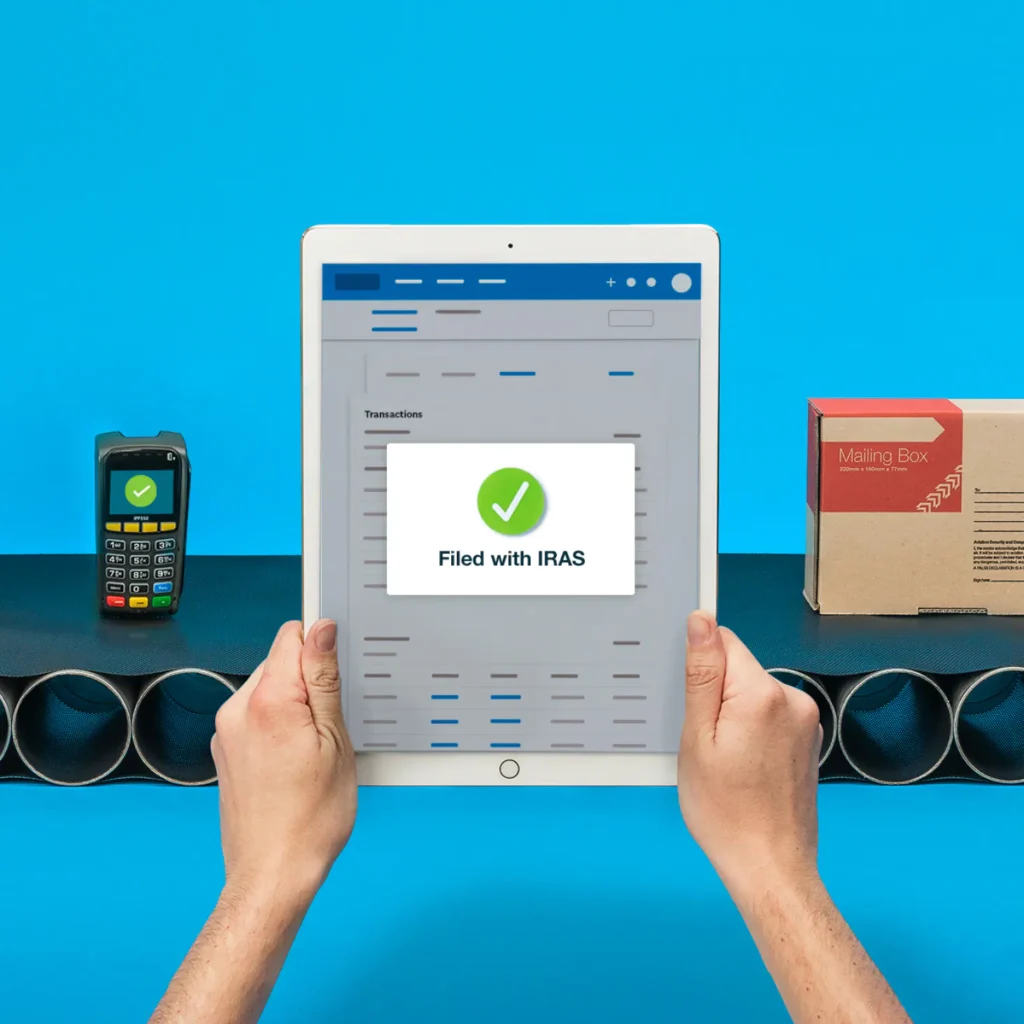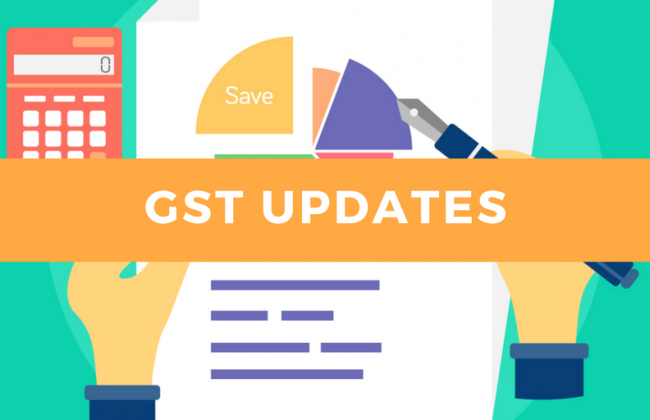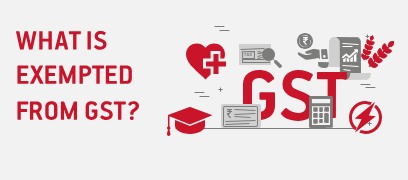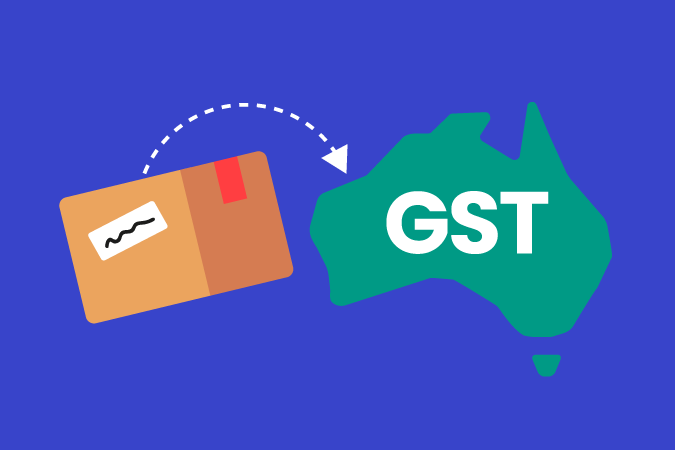After you register for GST, the next step is to learn about GST filing NZ and GST record-keeping mechanisms for GST returns in New Zealand. Both Record keeping and filing of GST go hand in hand, as a business you must keep records of all sales and purchases.
GST filing is a record of all the goods and services you sold or purchased during a certain period and must be filed in GST returns. For that purpose, you need to have a diligent record-keeping method so you can file GST returns on time without any errors.
For that purpose, your record must show taxable Supply Information that clearly contains the information of all sales and purchases. This Taxable Supply Information requirement differs for different categories of goods and services and will have different processes of filling and keeping records.

How to Correctly File Your GST Returns in New Zealand
As mentioned for filling out GST in New Zealand you need Taxable Supply Information and Different Categories of goods and services will require different sets of information.
As per the GST rules, this taxable supply information must be provided to a customer if the amount of the goods or service is more than $200. Usually, this taxable Supply information is contained in receipts, sales records, and credit score or bank statements and comes in handy when filing for a GST return. As a registered business entity, it is advisable to keep a record of any sales and purchases you have made even if the amount is less than $200. Here is a breakdown of how to correctly file your GST Returns in New Zealand on different types of goods and services
- 1. Filing GST Online: The best way to file GST in New Zealand is by logging into my account at the Inland Revenue Department website. Once logged in you can fill out the form and provide a record of all the sales and purchases and in no time you have filed a GST return. This online GST filing is secure, quick, and paperless and can save you time and hassle.
- 2. Filling Period and Due Dates: Make sure you remember all due dates for GST purposes so that you can avoid any late penalties. GST return is due every 28th of the following month. The only exceptions are
- March GST return due on 7th May
- November GST return due on 15 Jan
No matter if your filing frequency is on a monthly basis, on two monthly basis, or on six monthly bases, remember these dates and file GST on time.
3. Penalties for late filing and returning GST: Even if you cannot pay the full amount of GST, you must file GST Return. What you can do is request an instalment plan via myIR account or by contacting IRD directly. Usually, such requests are entertained and it will save you from late penalties.
In case you don’t have sales and purchases for a GST period, you still need to file GST by stating Nil in the return form. Now that you know how to file, the next step is to know how to keep records for the purpose of GST filing

Record Keeping for GST Compliance in New Zealand: A Step-by-Step Guide
1. Recording Keeping of Supplies less than $200:
Record keeping of products and services of 200 or less must contain the following information
- Seller’s name or trade name
- Date of invoice
- Description of goods and services
- Total amount payable
To make it simple, a till receipt is useful for both the seller and buyers as it contains all this information.
Click here to read about GST on Imports and Exports
Record Keeping of Supplies costing $200 up to $1000
The goods and services costing around 200 to 1000, will need the following information in the taxable Supply Information.
- Seller’s name or trade name
- Date of invoice
- Description of goods and services
- Total amount payable
- Seller’s GST number
- GST amount included in the sales price.
Record Keeping of Supplies Costing more than $1000
The Taxable Supply Information for goods and services on sales over $1000 will need the following information:
- Seller’s name or trade name
- Date of invoice
- Description of goods and services
- Total amount payable
- Seller’s GST number
- GST amount included in the sales price.
- Information to identify the buyer
Sources of Taxable Supply Information
Taxable Supply Information is available and can be recorded in the form of:
- Invoices
- Supplier agreements
- Contracts
- Bank statements
Sources of Record Keeping:
There are many software available to keep a record of taxable Supply information and even a spreadsheet can be useful. If you are new you can download a free template of GST Cashbook.
GST Cashbook Is a useful tool to keep a record of all the expenses and income along with the GST record. This book can be downloaded from the IRD website.
Ideally, all this information must be kept for a seven-year period even if you are not in the business anymore.
Click here gst calculator nz to calculate your GST online using our gst calculator

Ceasing GST
If for some reason you end your business, as a registered GST business, you can cease filing a GST return. For that, you need to meet the following two criteria:
1. When you cease all business activity
You can cancel GST online at myIR, in writing, by filling out a business Cessation form, or simply by calling IRD. However, adjustments can be made to assets that are sold or retained during this time.
2. When you change your business structure
e.g. sole trader to being a company, you can cancel your GST if the annual return for the next 12 months will be less than 60000 and if you are selling your business and are in the process, then your GST will be Zero rated. You Must file a GST return after your cessation date.






